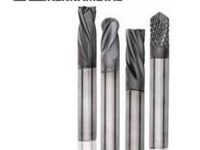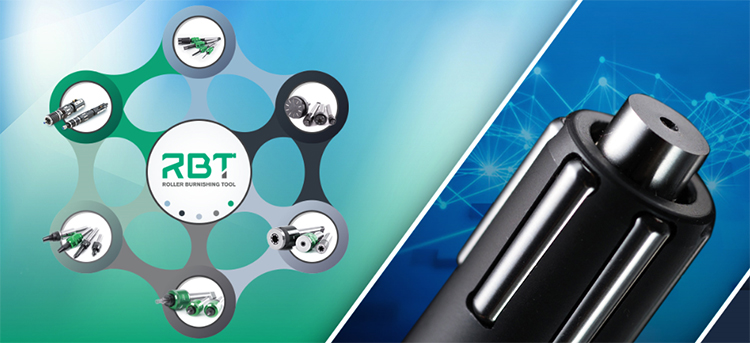-
Kennametal
Kennametal was created in 1938. America, metallurgists Philip M.M Kenna after years of painstaking research, invented a tungsten – titanium carbide alloy tool new material, can make the machining efficiency of cutting steel get breakthrough improvement. Based on this invention, Philip founded McKenna Metals Company in Latrobe, Pennsylvania, which was renamed Kennametal. Nowadays, Kennametal has developed into a large multinational corporation with world leading level in cutting tools, tool systems, new materials and technical services.
-
Onsrud
Onsrud – American aviation cutter expert The company specializes in manufacturing aluminum, plastics and composites in the aerospace industry. Onsrud is a leading technology company specialized in manufacturing high performance carbide /PCD/CBN reamer, high precision groove milling cutter and integral carbide end milling cutter for aluminum alloy and plastics processing.
-
MasterCut
MasterCut Tool is a company that manufactures hard alloy cutting tools. Its main products include: end mills for CNC machine tools, machining centers, various types of carbide rotary files, etc. Cutting king in the United States is known for its high precision, long life and high market share.
-
MILLSTAR
MILLSTAR is a well-known American mold and tool manufacturer with decades of cutting tool manufacturing experience. Its products are mainly used in the mold manufacturing, aerospace, electric power and medical equipment industries.
-
SGS
SGS has been immersed in the technology of solid carbide rotary cutting tools for many years, and its business covers aerospace, medical equipment, energy power and automobile industry. The company has established manufacturing bases in the United States and the United Kingdom, and its products are sold to more than 60 countries and regions. In April 2016, KYOCERASGS corporation signed the equity transfer agreement with SGS Tool Company, a manufacturer of integrated Tools in the United States. The equity of SGS Tool Company and its group Company will be transferred to kyocera, renamed as KYOCERASGS Precision Tools, Inc, and officially became a wholly-owned subsidiary of kyocera.


